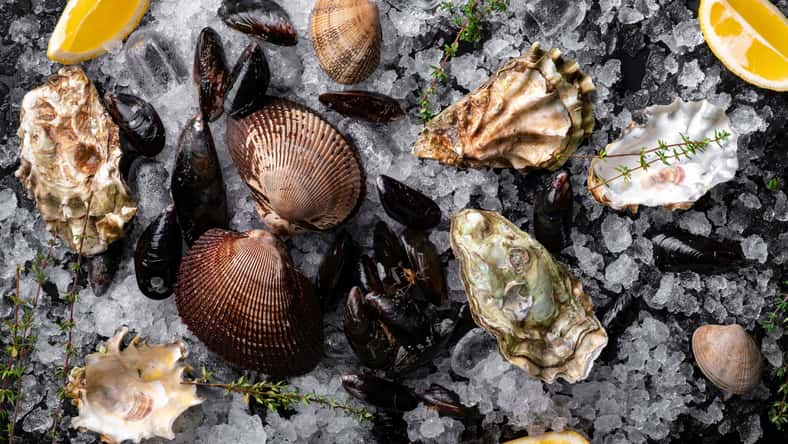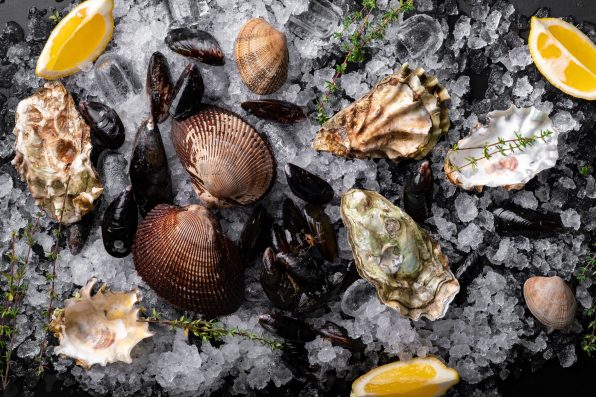Scientists Issued A Warning To Seafood Consumers After Finding High Levels Of Fiberglass In Mussels And Oysters

After finding disturbingly high levels of fiberglass in mussels and oysters, scientists have issued a warning for those who consume seafood.
It is the first time that fiberglass fragments have been discovered in the marine food chain, raising concerns over the safety of humans and the environment.
Fiberglass is a material reinforced with plastic. Extremely fine fibers of glass are embedded into it. The material is durable, lightweight, and flexible, making it ideal for construction purposes.
It is often used in the manufacture of boats. However, the material can break down in seawater over time and contaminate coastlines.
Due to their eating style, species such as oysters and mussels are especially vulnerable to fiberglass particles. They feed by taking in water from their surroundings and filtering out food. If the water is contaminated, toxic particles can easily enter their bodies and build up in their tissues.
Researchers from the University of Portsmouth and the University of Brighton in the United Kingdom analyzed mussels and oysters collected from an active shipyard to see if any glass fibers could be found in their soft tissues. The samples were from Chichester Harbor on the coast of southern England.
The researchers determined that there were as many as 11,220 fragments of glass per kilogram in the oysters and about 2,740 particles per kilogram in mussels.
During the winter months, the accumulation of glass particles peaked, which could be attributed to more boat maintenance activities at that time of year.
Although the study focused primarily on oysters and mussels, the researchers detected fiberglass in other organisms as well, according to Corina Ciocan, a lecturer of marine biology at the University of Brighton.

Andrey – stock.adobe.com – illustrative purposes only
“We identified fiberglass embedded in other organic material floating in the water, like seagrass and seaweed fragments, small snails, etc. These particles tend to behave like spears [and] due to the currents and waves, they can impale organisms present in the water column.”
The researchers noted that more studies need to be done in order to understand the degree of contamination and the impact it might have on the environment.
They did suggest that the fiberglass particles may hinder the creatures’ ability to digest food and lead to increased inflammation that could reduce rates of reproduction, make them more susceptible to diseases, or cause death.
Of course, the health of marine animals and their ecosystems are major concerns, but so are the health and safety of humans since people risk consuming contaminated seafood.
In the past, fiberglass has often been compared to asbestos, which is a fibrous mineral that was once used as insulation for walls and attics in homes, until experts realized that it was a cancer-causing substance.
It is still unclear just how much of a threat fiberglass particles are to humans and whether or not they are as harmful as asbestos. Hopefully, more researchers will start exploring coasts for fiberglass contamination so strategies to mitigate fiberglass usage can be developed.
The findings of the study are detailed in the Journal of Hazardous Materials.
Sign up for Chip Chick’s newsletter and get stories like this delivered to your inbox.
More About:Science